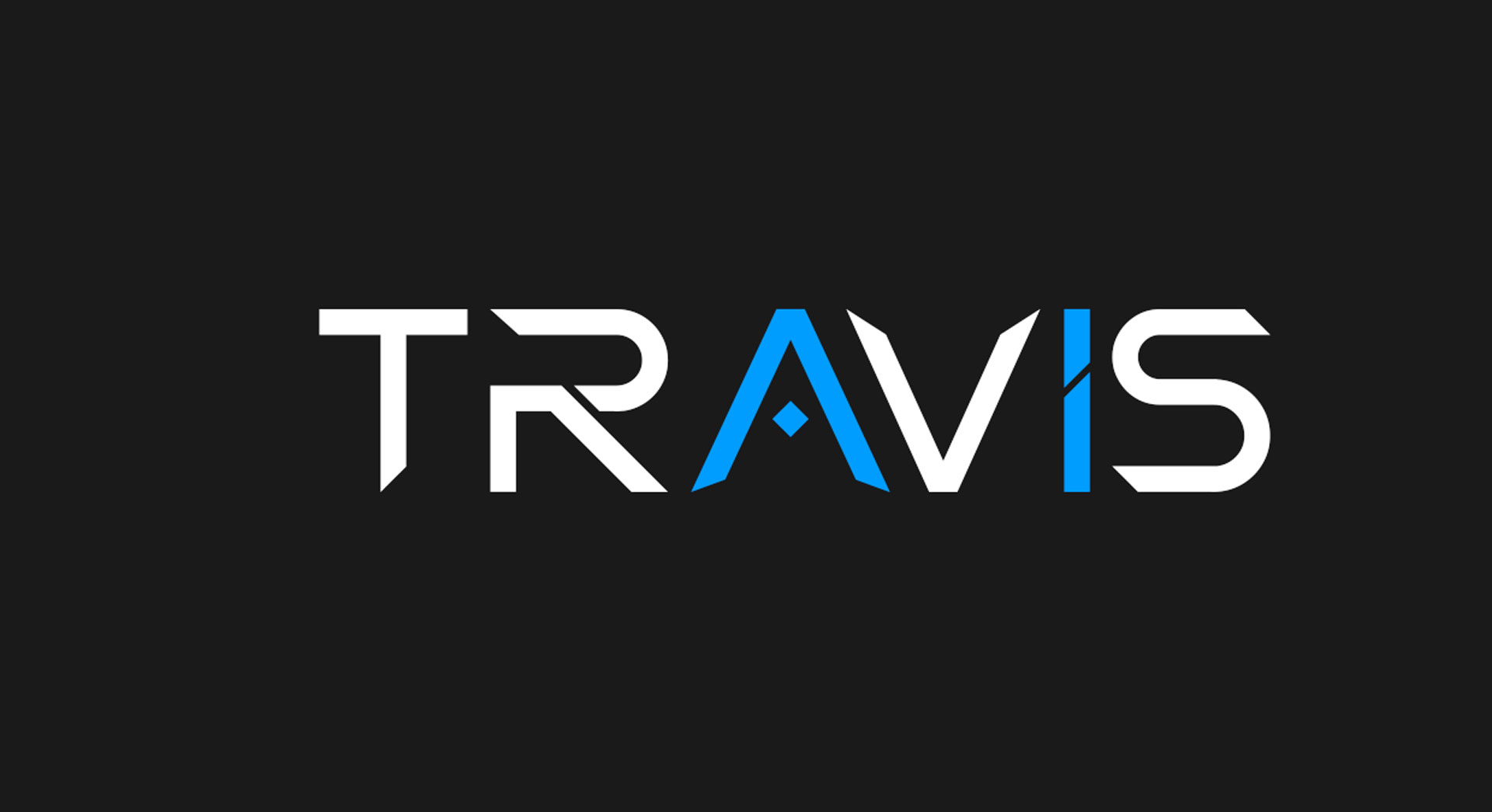On March 4, 2025, the Cybersecurity and Infrastructure Security Agency (CISA) sounded the alarm on CVE-2025-22226, a high-severity vulnerability hitting VMware’s ESXi, Workstation, and Fusion products. This isn’t just another bug—it’s a flaw actively exploited in the wild, and it’s a stark reminder of why staying ahead of cyber threats matters now more than ever.
What’s CVE-2025-22226 All About?

This vulnerability, with a CVSS score of 7.1, stems from an out-of-bounds read in VMware’s Host Guest File System (HGFS). In plain terms, it lets an attacker with admin privileges on a virtual machine leak sensitive memory from the host’s VMX process. Think passwords, system details, or anything else lurking in that memory—ripe for the picking. Broadcom, VMware’s parent company, confirmed the flaw’s exploitation after Microsoft’s Threat Intelligence Center flagged it, per their March 4 advisory (VMSA-2025-0004). CISA quickly added it to its Known Exploited Vulnerabilities (KEV) catalog, urging federal agencies to patch by mid-March.
It’s not a standalone risk either. Experts note it can chain with two other zero-days—CVE-2025-22224 (CVSS 9.3) and CVE-2025-22225 (CVSS 8.2)—letting attackers jump from a compromised VM to the hypervisor itself. That’s a full-system takeover waiting to happen.
Why It’s a Big Deal

Virtualization is the backbone of countless businesses, and VMware’s a giant in that space. CVE-2025-22226 hits where it hurts—exposing sensitive data across industries like telecom, healthcare, and finance. The Chinese telecom hacks reported in January 2025, targeting T-Mobile and Charter, show how state-sponsored actors love these kinds of flaws. Add AI-driven malware like GhostSocks into the mix, and the stakes climb higher. Over 40,000 CVEs dropped in 2024—a 38% jump from 2023—and 2025’s already proving no different.
Where TRaViS ASM Fits In
This is where External Attack Surface Management (EASM) steps up. Tools like TRaViS ASM don’t just watch for CVEs—they map your internet-facing assets to catch vulnerabilities like CVE-2025-22226 before they’re exploited. With continuous monitoring, TRaViS ASM spots exposed VMware instances, flags risky configurations, and even tracks leaked data on the dark web. It’s proactive, not reactive—shrinking the window attackers have to strike.
What You Should Do
Patch fast—Broadcom’s rolled out fixes for ESXi 8.x, Workstation 17.x, and Fusion 13.x (check VMSA-2025-0004 for details). But don’t stop there. Use EASM to audit your attack surface and lock down anything exposed. CISA’s KEV list is your go-to for the latest threats, and TRaViS ASM can help you stay on top of it all.
Wrap-Up
CVE-2025-22226 isn’t just a VMware problem—it’s a signal that cyber threats are evolving fast in 2025. With TRaViS ASM, you’ve got a fighting chance to see and stop these risks before they hit. Don’t wait for the breach—act now.
